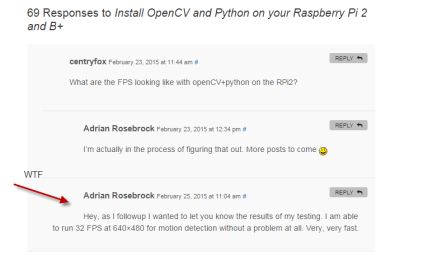This should have been my first post, but I wanted to make sure I captured the current state of affairs, such as they are.
A friend and I were talking a few months ago when the idea of making an animatronic / robotic zombie head came about.
Well, really, it was Dan’s idea, but I was all over it.
Dan’s got a lot of artistic talent, so much so he pays his rent by “drawin real purdy”. I’ve seen some of the sculptures he’s done, and they are flat out amazing. Halloween is a major gig.
I’ve got a background in electronics and some coding skills, so together our overlap should make for one hell of a display.
What we’re aiming for:
- Full motion head
- Tracks peoples faces (looks at you)
- Proximity sensor
- Moans, groans, and other zombie sounds
I’ve already got a 16 servo control board for the project, so based on our progress we might include:
- Moving jaw
- moving tongue
- moving eye(s)
- head tilt
We’re hoping to have this bastard ready for Halloween, and with 6.5 months to go I’ve got a fair amount of confidence. (knock on wood)
Stay tuned, and hopefully through all the swears, complaining, and (yes) tears, something glorious should be birthed.
 at pyimagesearch is getting 32FPS with facial detection on the Pi 2. Kickass. Going to the trouble of getting it working on a Pi1 seems like an unnecessary exercise in self flagellation so I’ll probably just wait for the new pi.
at pyimagesearch is getting 32FPS with facial detection on the Pi 2. Kickass. Going to the trouble of getting it working on a Pi1 seems like an unnecessary exercise in self flagellation so I’ll probably just wait for the new pi.